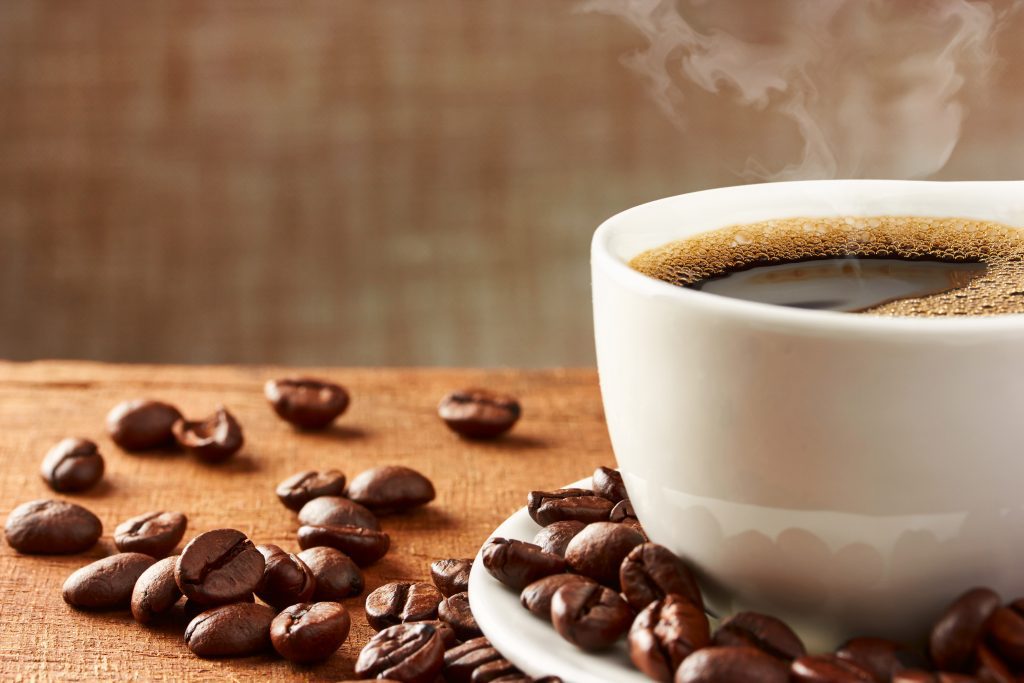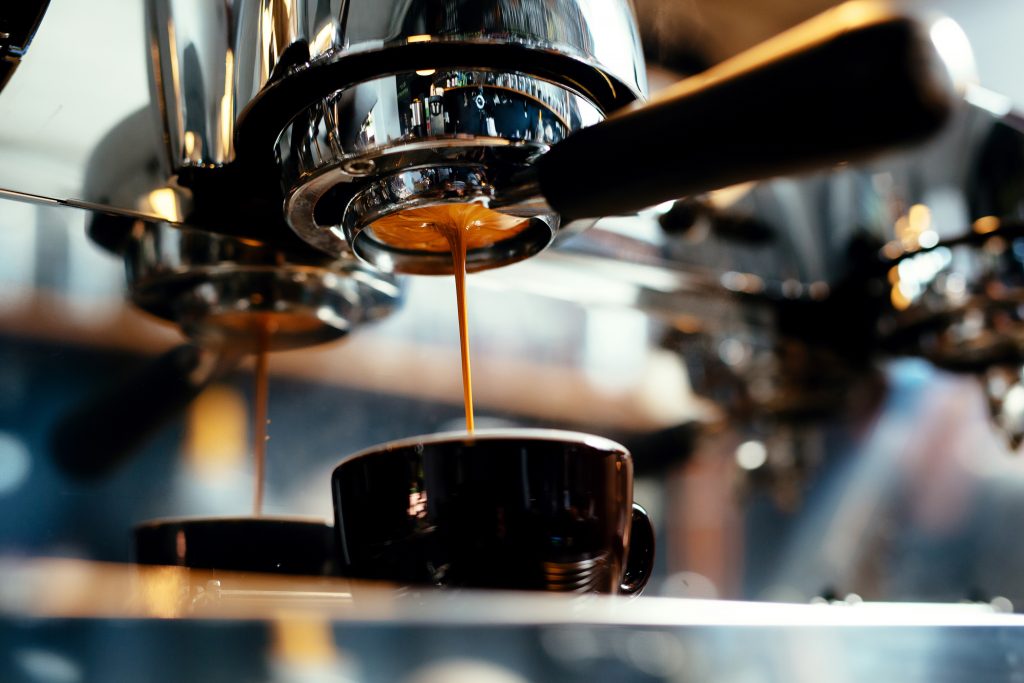The Perfect Cup Of Joe, According To Chemistry

Just like champagne and beer, the kind of coffee you enjoy is largely determined by your taste buds and preferences. Science has a few things to say about the perfect coffee, though – and it’s not just about caffeine. The chemistry of coffee is actually surprisingly complex. As we all know, coffee beans come from fruit (called cherries) grown on shrubs called coffee plants. The beans are processed and roasted before they can be ground up and brewed with water to make a cup of joe.
The process of roasting is critical. Aside from being the major determinant of the flavor of coffee, it also determines the caffeine content, “mouthfeel” (or how gritty or smooth drinking coffee feels in your mouth), and the presence of certain compounds that have various health benefits.
When the beans are fresh off the bush, they are green or “raw.” They are then dried to about 12-15% moisture content before being roasted. This drying process is what causes the bean to change color. Once the beans are deemed ready (a process that takes several days), they are usually roasted at 400 degrees Centigrade for 20-30 minutes.
But what is it that makes coffee taste good? This depends on how you like your coffee, but there are some broad categories of compounds that play a role in this.

For example, 2-furyl methyl acetate (2FMA) gives roasted coffee its signature smell while also impacting mouthfeel and texture. This is the same compound found in pungent foods like onions and garlic, which is why they often smell so strongly. 2FMA also has the ability to react with tannins present in coffee beans. Together, these two compounds contribute to the “mouthfeel” you experience when drinking coffee – making it feel gritty or smooth depending on its bitterness.
